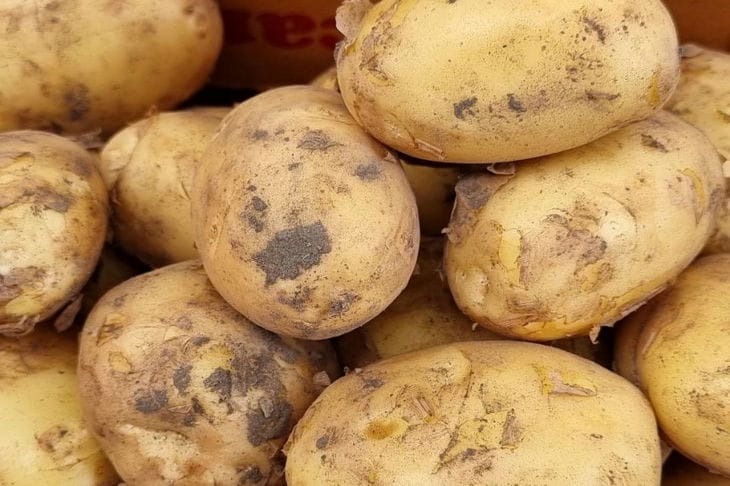How to properly hill potatoes: mistakes of many gardeners
Potatoes are certainly one of the most popular and important crops for many gardeners and farmers.
Its care requires care and consistency in order to obtain a good harvest.
One of the important stages of potato care is hilling, says Anastasia Kovrizhnykh .
Hilling potatoes is a process in which the soil is raised towards the stems of the plant, forming a mound.
This process helps improve the availability of nutrients to the plant, reduces the risk of potato rustling in the rain and promotes the formation of more tubers.

Choosing the right time
It is best to hill up potatoes when the plants reach a height of approximately 15-20 cm. At this time, they are already well rooted and ready to form mounds.
Do not delay the process, as excessive watering of potato bushes can lead to deterioration of oxygen access to the roots and suppression of plant growth.
Soil preparation
Before you begin hilling, make sure the soil around the potato plants is free of weeds and loose enough. This will make the process easier and more efficient.
Use the right tool
To hill up potatoes, use a hoe or a special hiller.
A hoe is suitable for small areas, while a hiller may be more effective for larger areas. Make sure the tool is clean and sharp to avoid damaging the plants.
Hilling technique
Approach the potato plants carefully so as not to damage their roots. First, gently lift the soil around the stem, forming a mound about 10-15 cm high.
Make sure the stem remains completely covered with soil to avoid exposure to light, which can cause green spots on the tubers.
Maintain regularity
Hilling of potatoes should be done regularly, as needed.
This is usually done once or twice per season. Regular hilling will help maintain stable growing conditions for your plants and ensure optimum productivity.
Care after hilling
After hilling, do not forget to water the plants, especially during periods of drought. This will help retain moisture in the soil and ensure normal growth and development of potato bushes.
Mulching
For additional protection against soil drying out and weeds after hilling, you can mulch the area around the potato bushes.
This will also help conserve moisture and reduce the need to manually weed the soil.
Checking for pests
Inspect your potato plants regularly for pests and diseases.
Early detection of problems will allow timely action to eliminate them and prevent damage to the crop.
Earlier, our expert explained which plants can be planted between cabbage heads.
